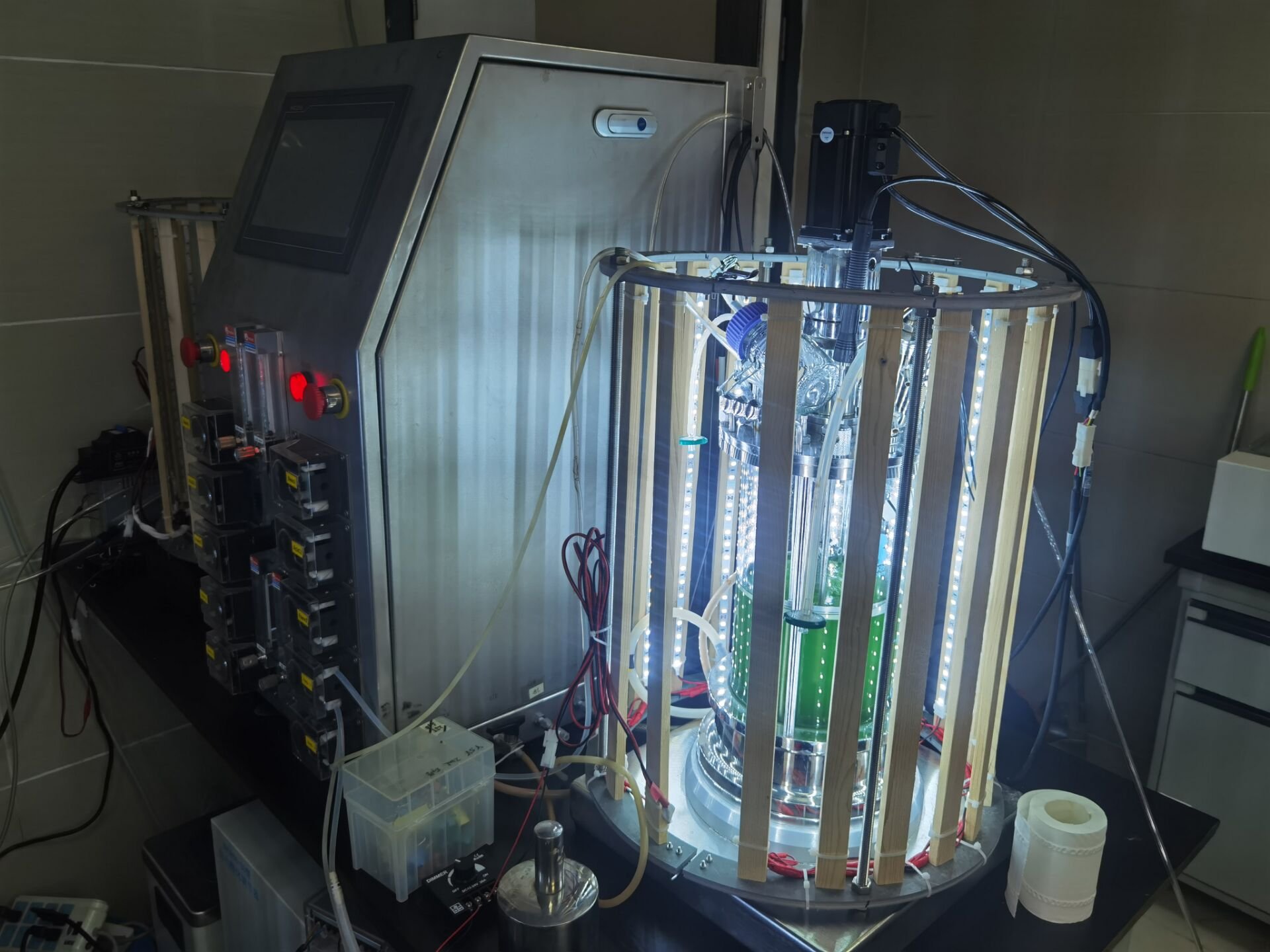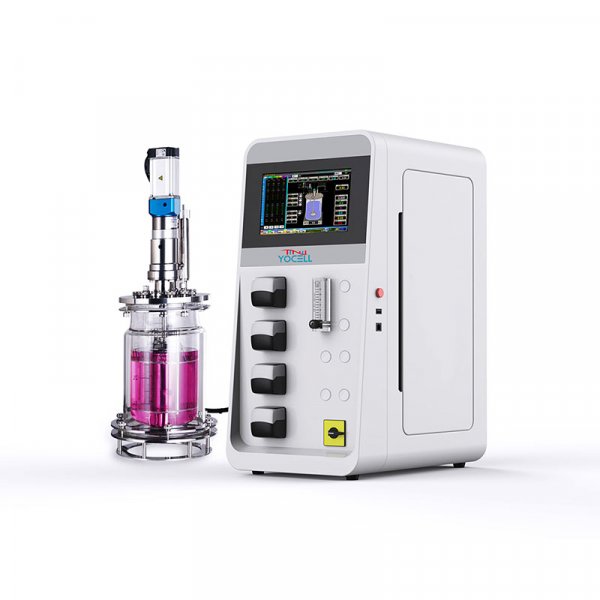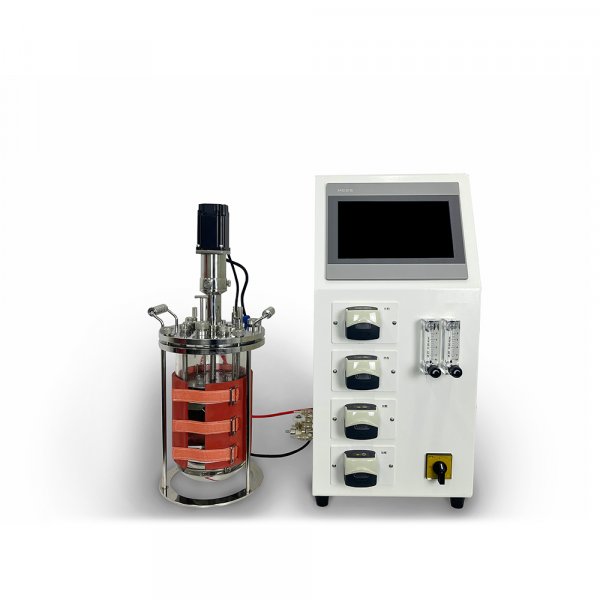Current climate problems persist, and sustainable solutions to mitigate climate emergencies must be rapidly developed to protect large numbers of living organisms. Photosynthetic organisms, especially marine cyanobacteria, which utilize solar energy for metabolism while fixing atmospheric CO2, are of particular importance for sustainable industrial biological processes.
Marine cyanobacteria are of particular significance for synthetic biotechnology applications because of their rich diversity, their ability to adapt to environmental changes and their metabolic capacity to produce therapeutic drugs and chemicals without the need for fresh water.
A number of companies are now also starting to produce large-scale products based on cyanobacteria, for example, flavors, medicines, chemicals and even cyanobacterial concrete based on cyanobacteria.
I. Diversity of cyanobacteria
Marine cyanobacteria are a highly diverse group of photosynthetic prokaryotes, and the phylum Cyanobacteria consists of approximately six thousand species, all of which not only undergo aerobic photosynthesis, but also have their own distinct characteristic properties. Only a small fraction of these species are currently used in synthetic biology.
The diversity of marine environments has been a driving force in the evolution of cyanobacteria, and there is a high correlation between the specific characteristics of certain species and their natural habitats. Considering the particular diversity of marine cyanobacteria, several marine cyanobacteria are briefly described here.
1, Prochlorococcus Prochlorococcus is the most abundant photosynthetic organism and has fascinated scientists for decades, in part because of their condensed genome of only 1,700 genes. Their photosynthetic apparatus is unique among cyanobacteria in that it lacks the structure of the widely spread cyanobacterial zooxanthellae, relying instead on divinyl chlorophyll a and b pigments in the tentacles, which contrasts with the pigment composition of phylogenetically close strains of Synechococcus.
2, Synechococcus species are arguably the most studied and best understood marine cyanobacteria, and due to their pigment diversity, they are virtually ubiquitous in all marine environments. Their rapid growth rate, adaptability to the environment and extensive datasets further increase their industrial potential.
3, Anabaena Some Anabaena species have the dual ability to fix carbon and nitrogen and can withstand high light intensities, a wide range of temperatures and pH values, promising potential industrial applications.
4, Arthrospira maxima Arthrospira maxima is another rising filamentous cyanobacterium that is gaining attention for use as a food supplement because of its higher protein content than its freshwater counterpart, Arthrospira platensis. In fact, such algae are already widely used in food, cosmetic and pharmaceutical applications. Their unique spiral morphology enables high biomass cultures, which are further harvested for downstream processes.
A. maxima has also recently also been proposed as a suitable medium for mammalian cell cultures, thus avoiding the need for animal-derived media, or as a source of chlorophyll A extraction with possible cancer therapeutic effects.
II. Applications of marine cyanobacteria
The diversity of marine cyanobacteria offers a variety of opportunities for biotechnological applications and, in addition to their photoautotrophic capacity, natural secondary metabolites from marine cyanobacteria are of interest for their potential therapeutic applications. Similarly, natural pigments produced by cyanobacteria have direct applications in the food and cosmetics industries, contributing to a greener global future.
Application 1: Bioconcrete
The CaCO3 precipitate produced by the bacterium Polycoccus sp., which raises the pH of the extracellular environment during photosynthesis, can be used to bind a sand-hydrogel matrix to form "bioconcrete". The bioconcrete can be cast in different molds, and if the finished block is split in half and additional abiotic material is added, the other half will "grow" back.
Introducing genes from certain filamentous cyanobacteria that have been identified as being associated with desiccation resistance into Polychlorina could help it survive longer in concrete. In addition, genetic factors induced by external stimuli, such as red light or pollutants, can be incorporated into cyanobacteria, helping to develop a "smart" bioconcrete that is able to sense and react to its environment.
Application 2: Carbon-Capturing Biocomposite Biomaterials
A novel carbon capturing biocomposite has been designed using a bioemulsion binder to encapsulate cyanobacteria on a loofah sponge scaffold. The porous nature of the loofah, i.e. the dried fruit of the loofah, gives it a large high surface that provides good aeration for cyanobacterial photosynthesis.
This biocomposite material fixes carbon efficiently, with less pollution and less water. The biocomposite will be commercially viable if the wild-type strain used in the system is replaced with a strain engineered to convert carbon dioxide into useful bioproducts.
Application 3: Biophotonics
In biofilms, certain cyanobacteria transfer electrons to the membrane during photosynthesis, creating a photocurrent. This photocurrent can be "harvested" when the biofilm is grown on an electrode. Currently, 3D printed electrode columns have been made to effectively utilize the photocurrent from Synechocystissp. PCC6803 or Nostocpunctiformme biofilms.
Using an aerosol jet printing method, the researchers "inked" indium tin oxide particles to print a novel branching strut structure that allows light and electrolytes to permeate the process. The photocurrent output obtained was the highest reported for a semi-artificial photosynthesis system, and comparable to the efficiency of existing biofuel systems.
III. Prospects for the development of synthetic biology in cyanobacteria
The diversity of marine cyanobacteria and their unique metabolic properties offer tailor-made possibilities for industrial bioprocesses with significant potential for various biotechnological applications, such as large-scale photobioreactors for the production of target organisms.

Yocell benchtop plant cell bioreactor (illumination)
Their photoautotrophic capacity is attractive for biotechnology applications and important for global CO2 fixation to support various ecosystems.
Reference material:[1]《Synthetic biology in marine cyanobacteria : Advances and challenges》,Barbara Bourgade、Karin Stensjö*[2]《“Light and carbon: Synthetic biology toward new cyanobacteria-based living biomaterials》,Materials Today Bio




